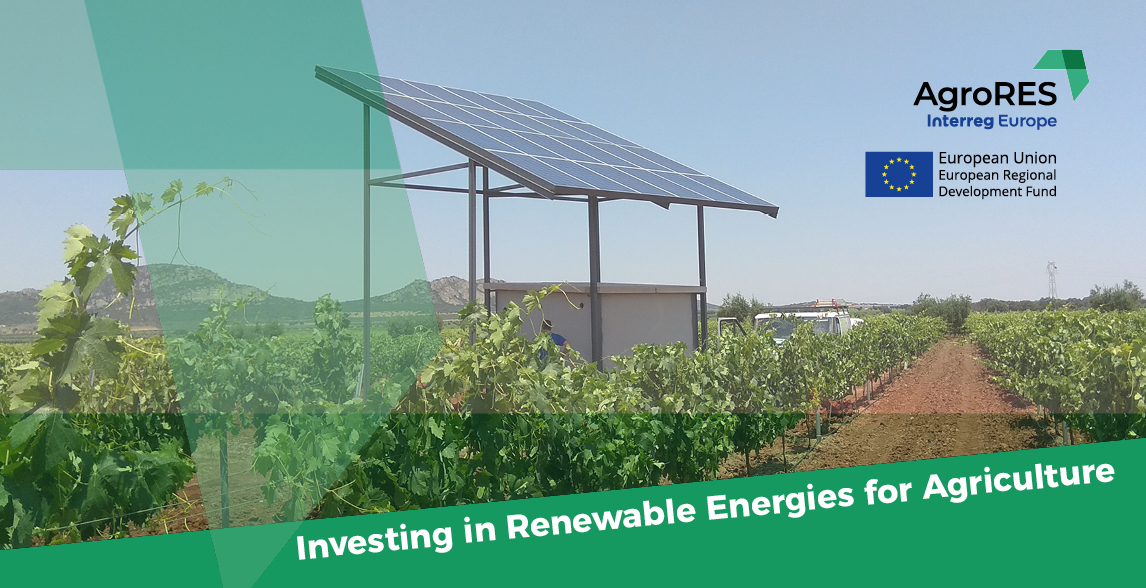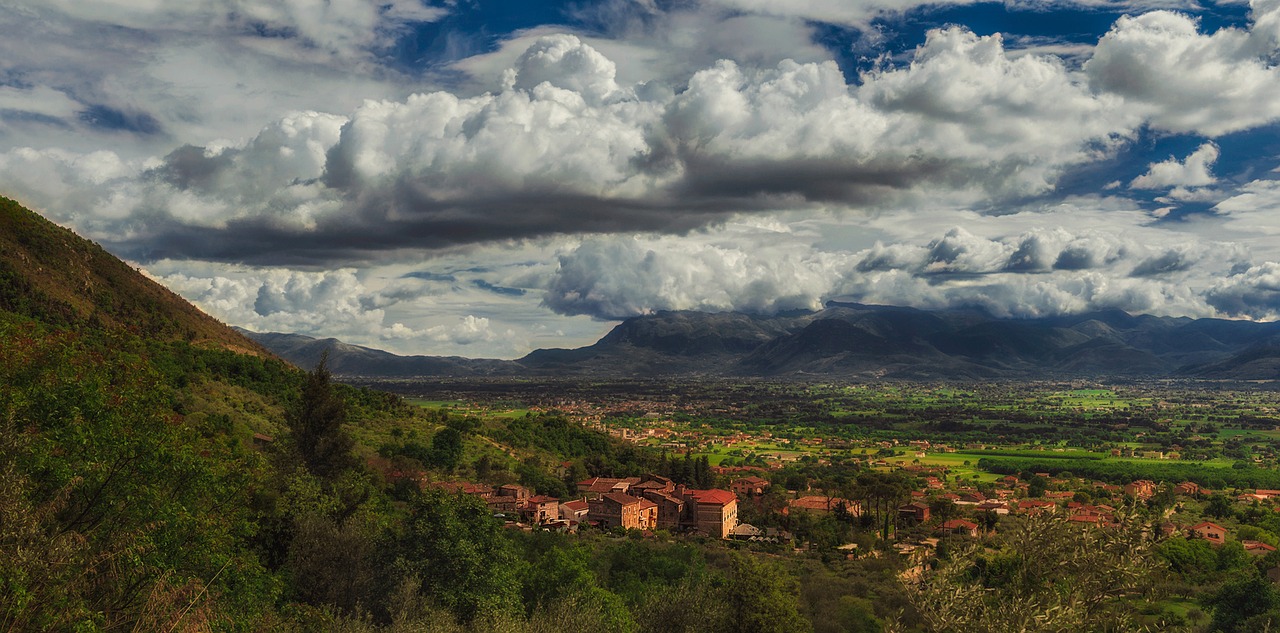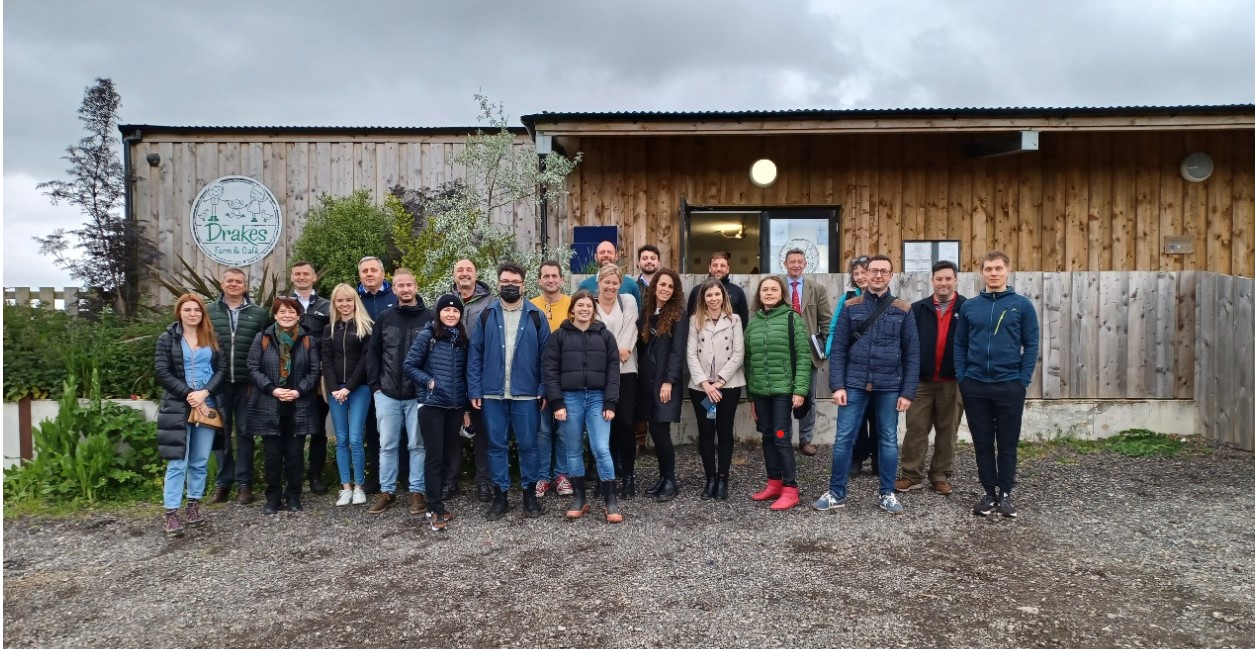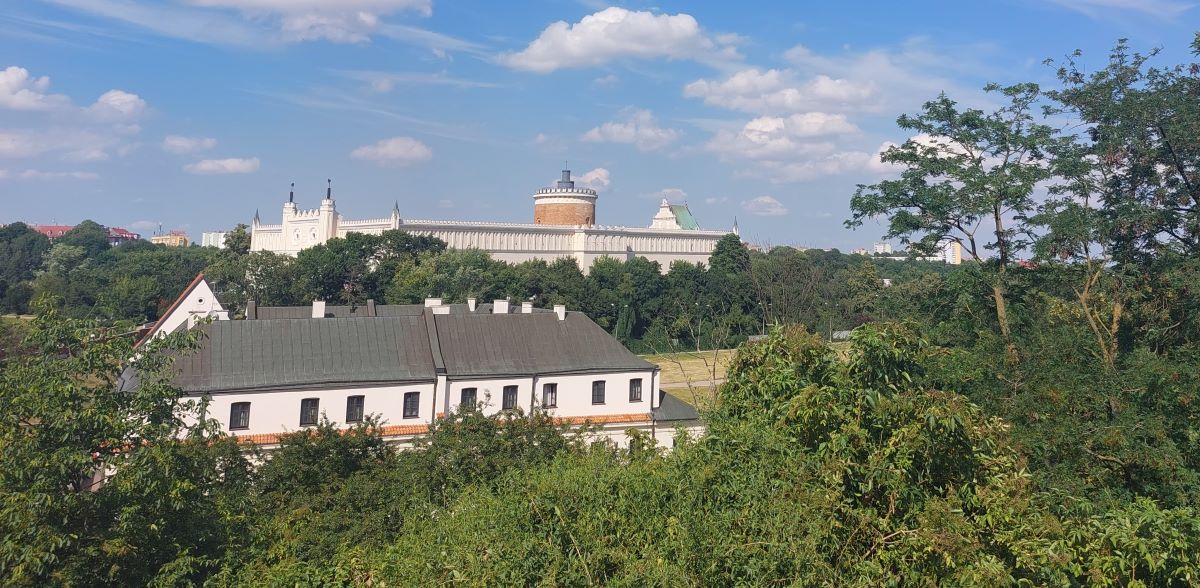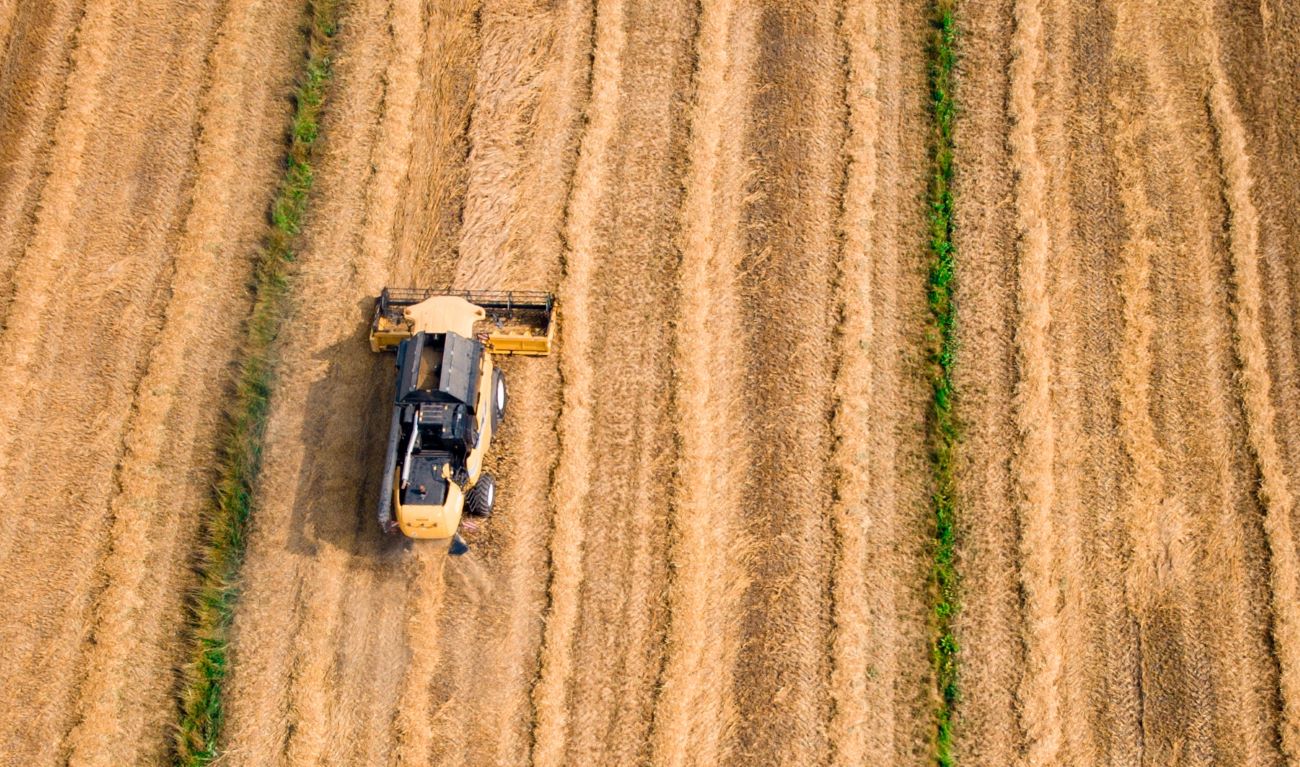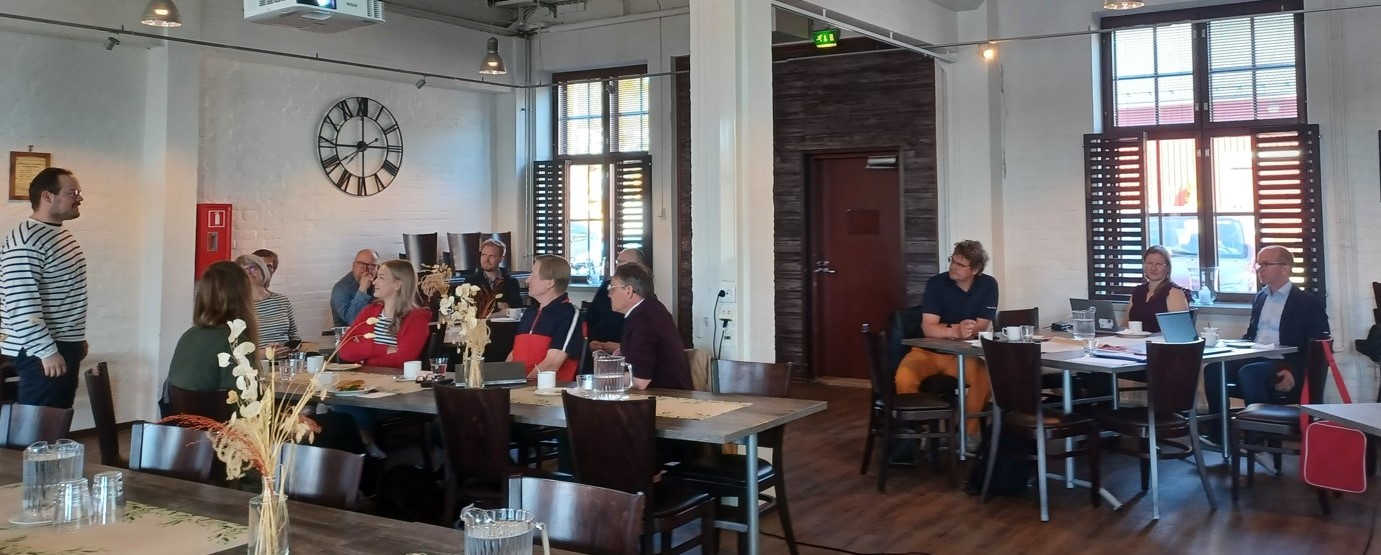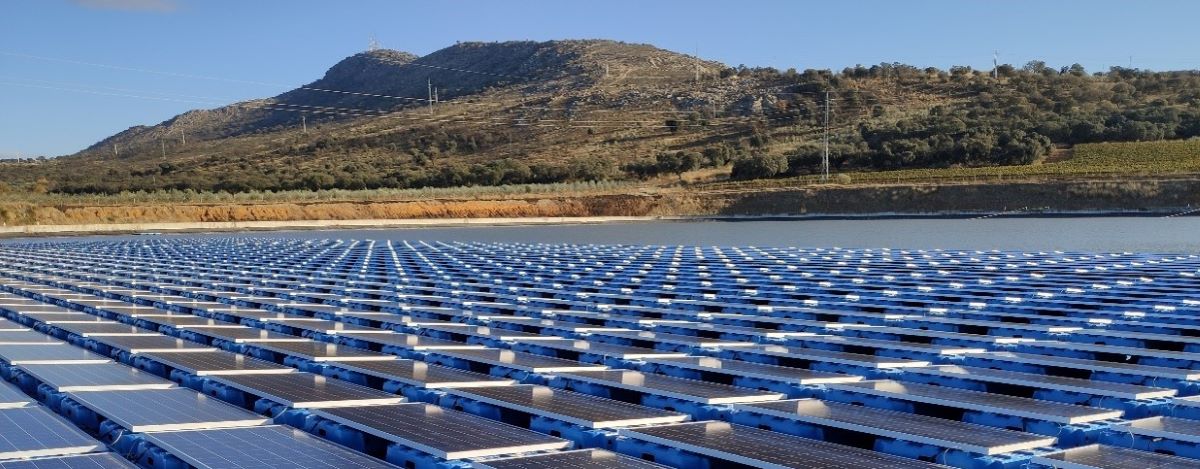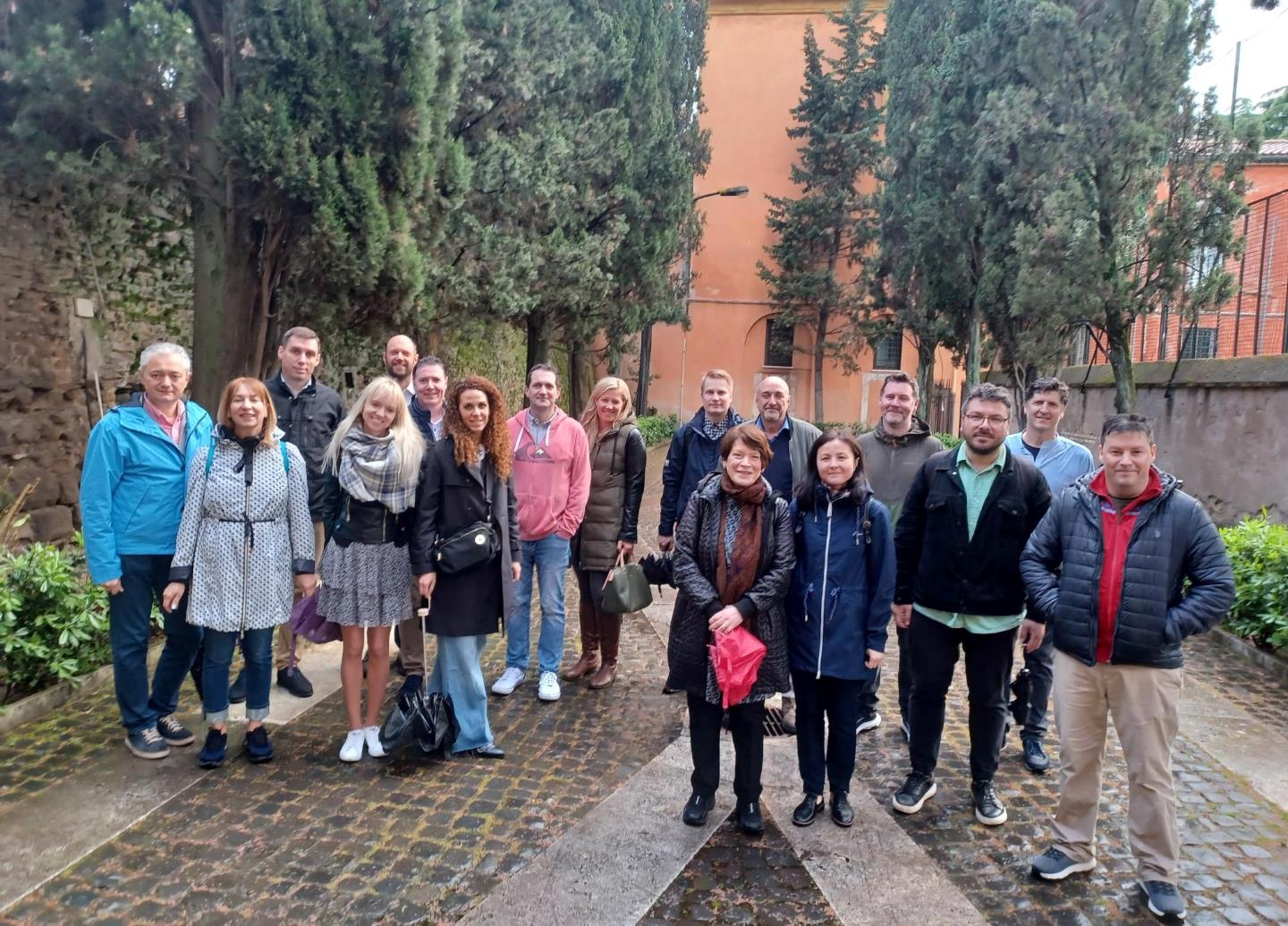Lazio region is one of the main production areas of Italy with a GDP of € 198 billion. The region has good performance for most of the indicators compared with the national objectives of the Europe 2020 strategy. Public spending has already reached and exceeded the national target.
In line with “Europe 2020” - the strategy for the economic and social growth of EU countries launched by the European Commission (2010), and with the provisions of the National Bioenergy Sector Plan, the development of the agro-energy supply chain is fundamental. On the national scale, the agricultural sector accounts for 6.7% of greenhouse gas emissions and is responsible for 40% of methane emissions and 49% of nitrous oxide emissions (Ispra, 2012).
Agricultural sector remains one of the fundamental sectors also in the Lazio economy. The sector is characterized by a strong push towards the implementation of new agricultural and rural development models based on safeguarding the balance of the natural environment, on the development of typical agricultural productions, on the recovery of internal and residual areas and on the enhancement of territories to tourist purposes.
Renewables are constantly growing in the region with photovoltaics covering 1,750 GWh, wind 110 GWh and bioenergy 700 GWh of the energy. However, major part of energy production is still derived from fossil sources (84.7 %) due to the presence of mega plants such as a coal-fired plant in Civitavecchia. Renewable sources cover only 15.3% of energy production with the national average being over 35%. The presence of mega-plants such as the Civitavecchia plant affects heavily on this figure.
There is a need for an energy revolution in Lazio region, with wind and photovoltaics on the roofs, low enthalpy geothermal energy, self-consumption, distributed production, efficiency and green mobility.
You can read more about the renewable energy potential of Lazio region in Italy in the Regional Self-Assessment Report of Lazio region.
Photo: Marco DS from Pixabay.


